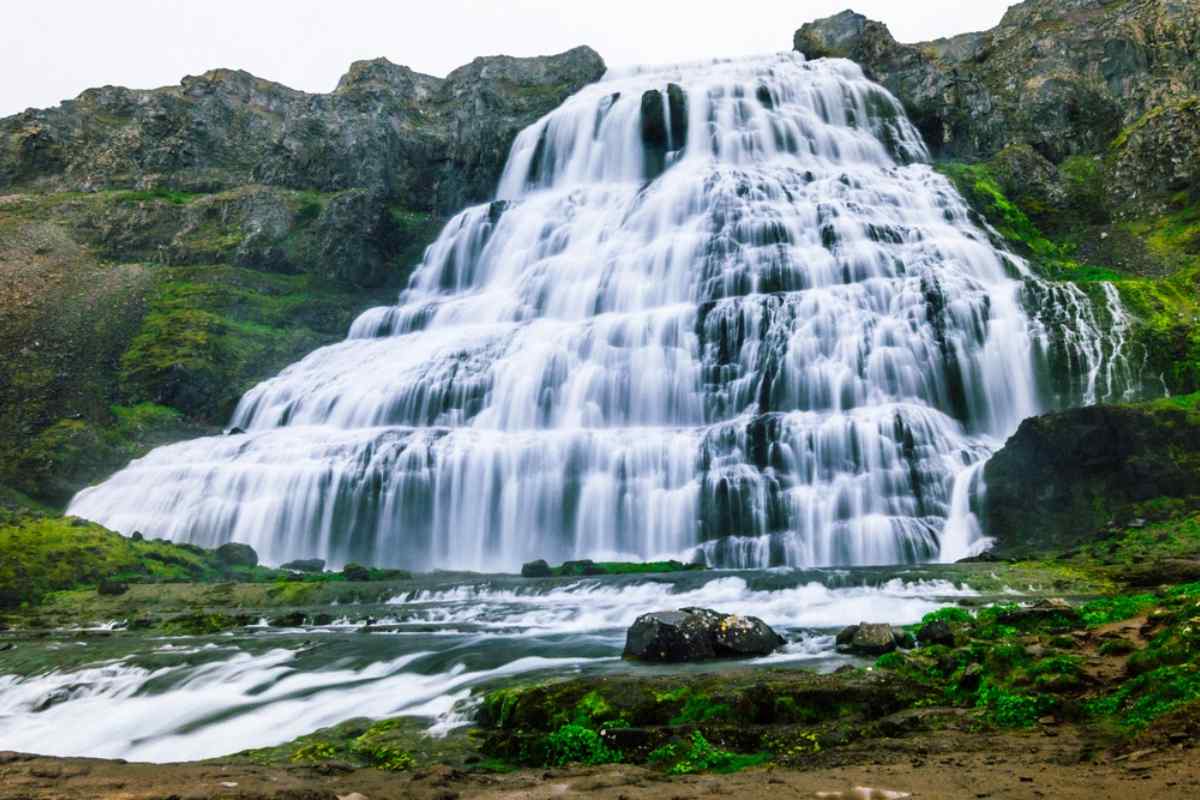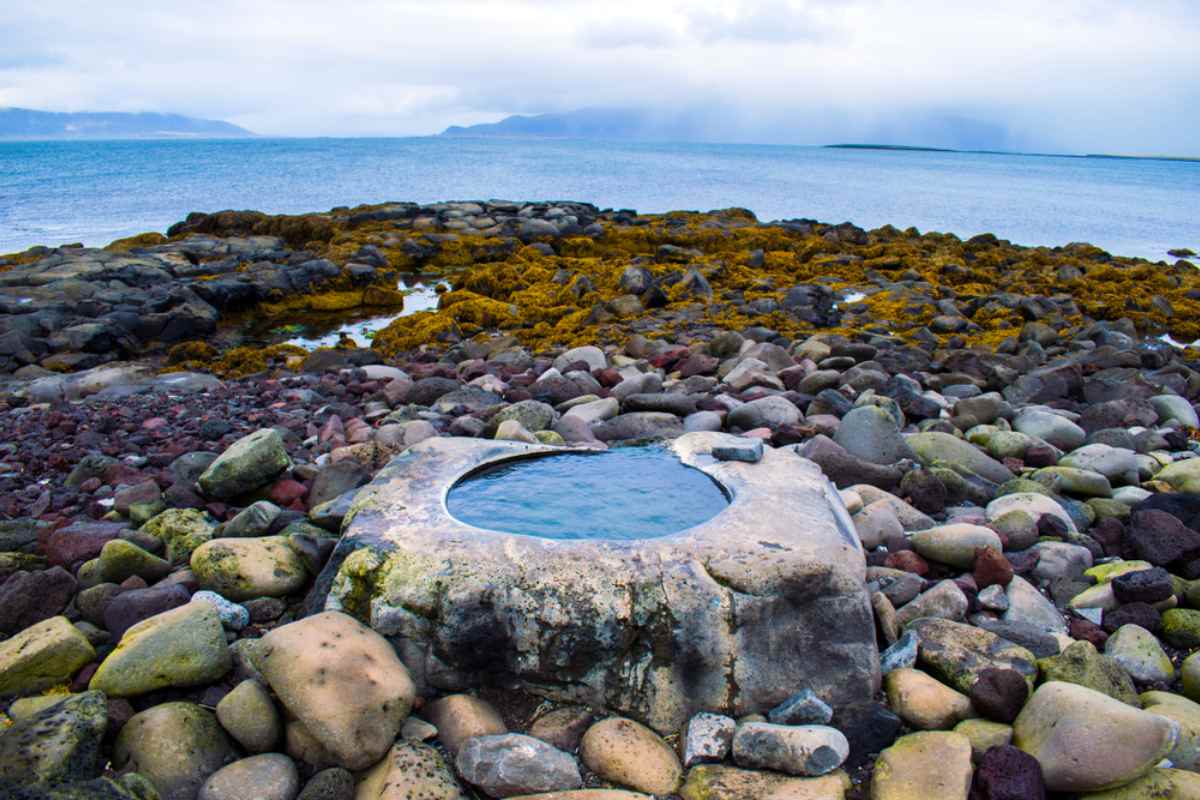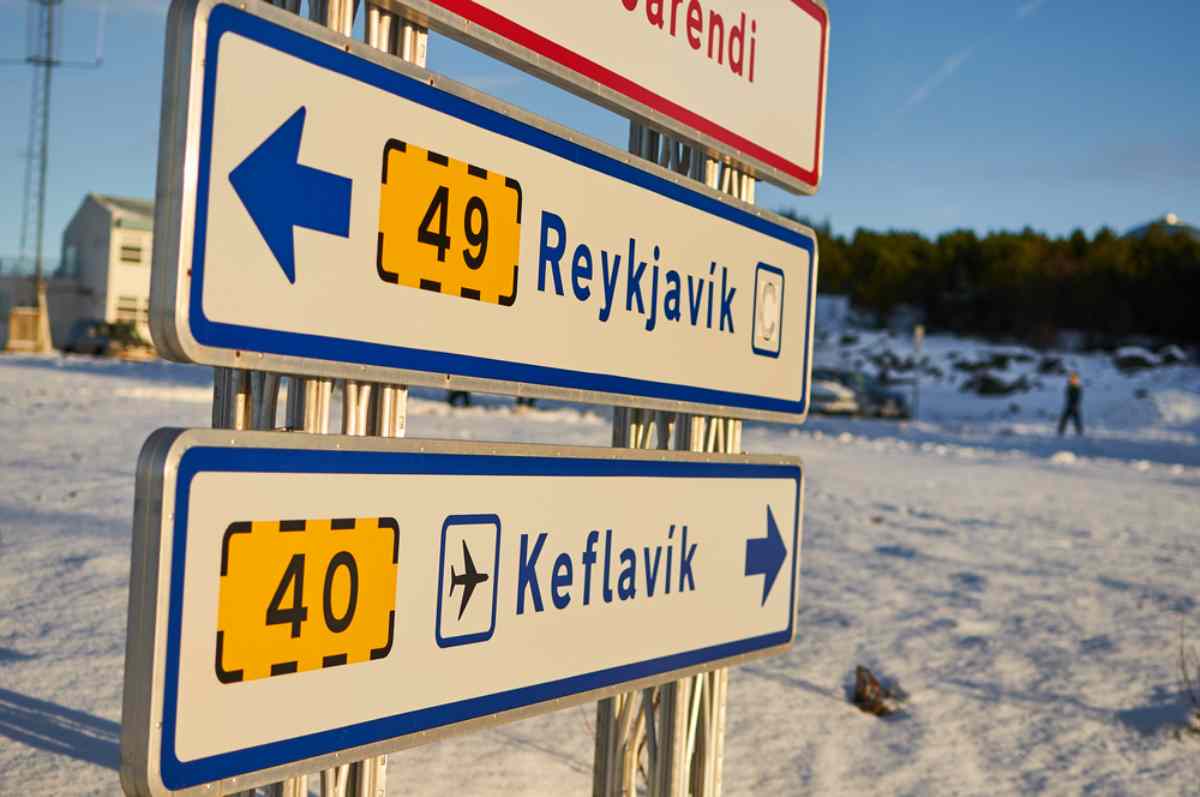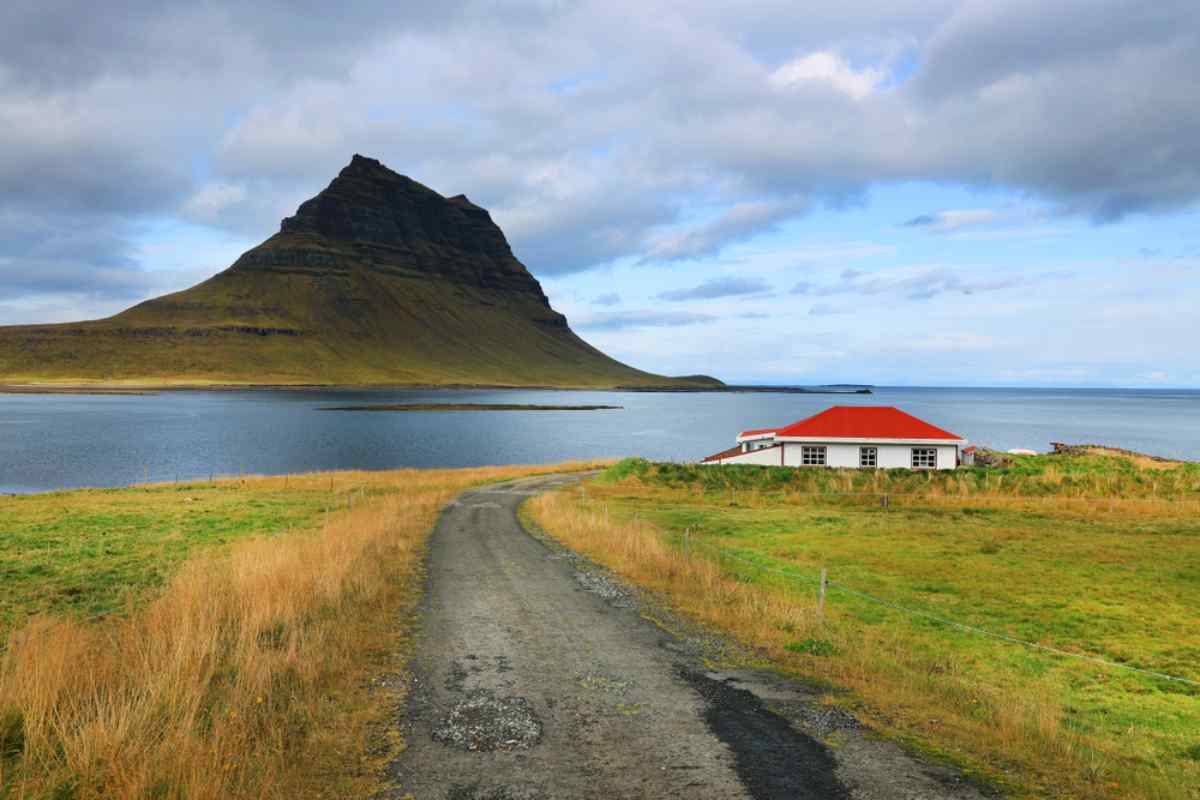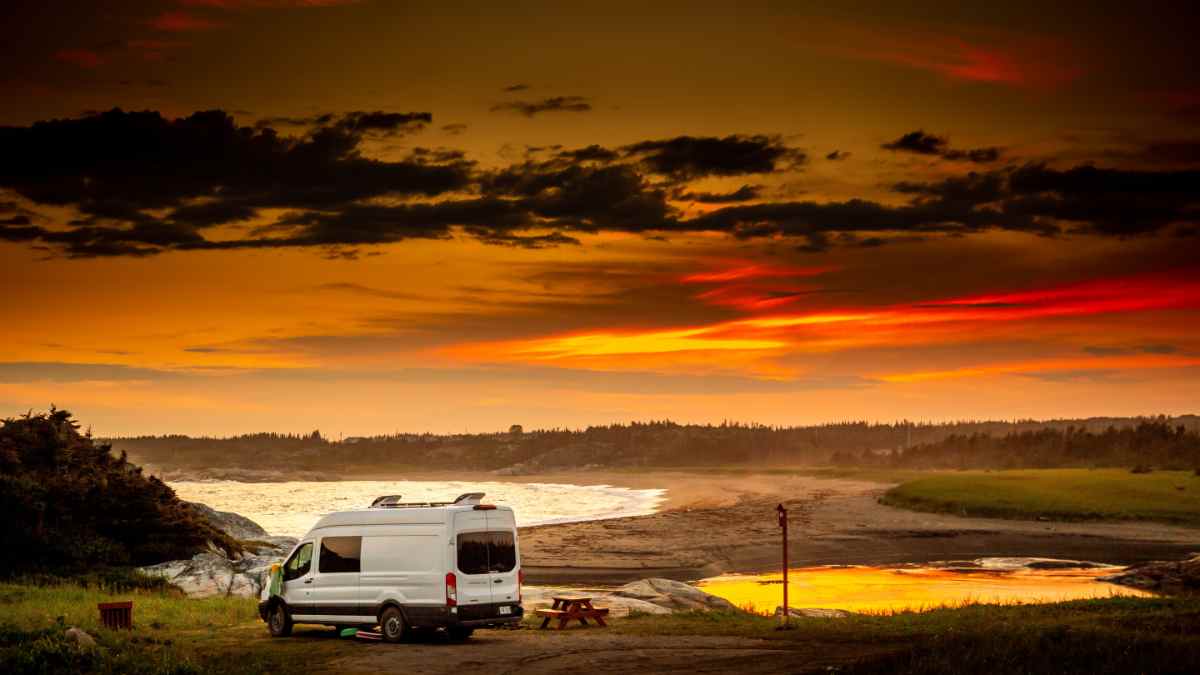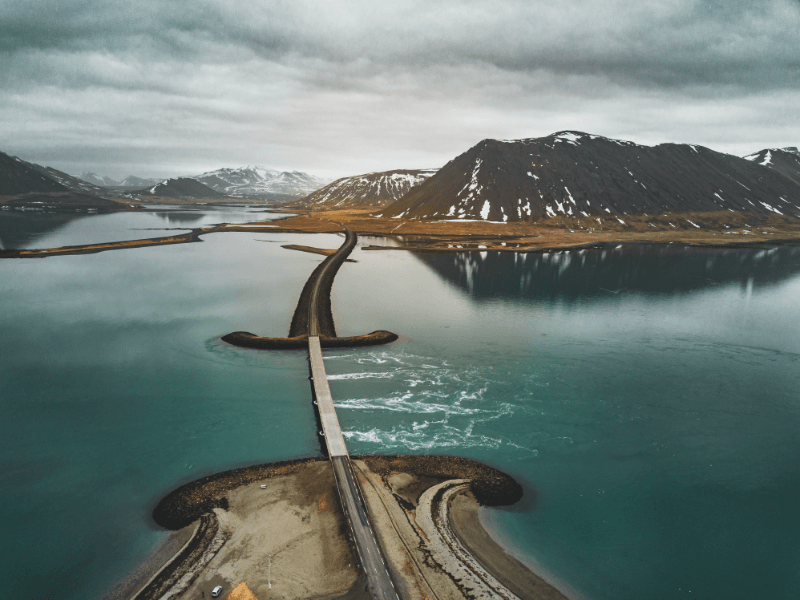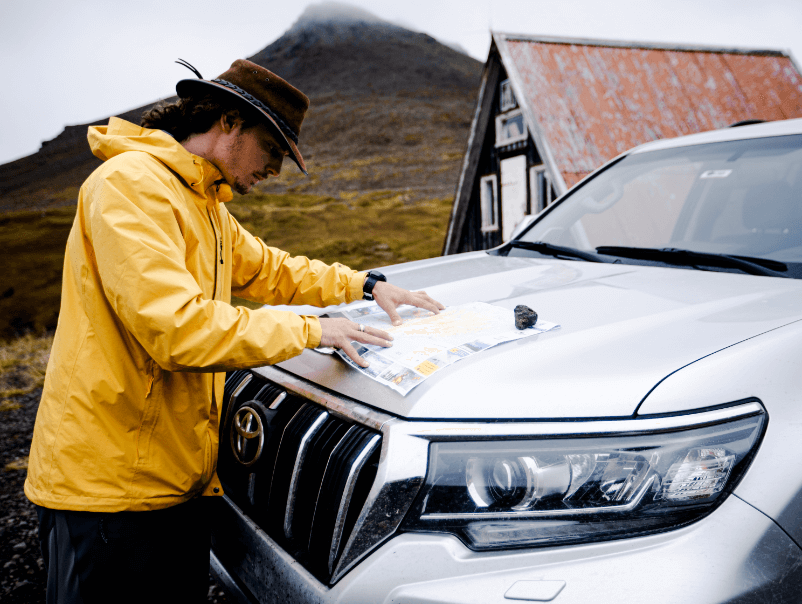Most hidden gems in Iceland are natural wonders with warm springs, majestic glaciers, and scenic hiking routes. We’d like to break from the norm a little and shine the spotlight on some pretty incredible man-made marvels in Iceland: the Glaumbaer Turf Houses.
Few places in Iceland can be as mundane and unique at the same time. Glaumbaer provides insight into how the everyday life of an Icelander would have looked like for most of history, while at the same time, it is a historically important place with ties to some famous and influential people. Read on to get the full lowdown on this impressive place.
What is Glaumbaer?
The view we have of the Icelandic Vikings is often that they are battle-hardened warriors who like to mess with the Brits and sail funny-looking ships. At Glaumbaer, we get an intimate look into how life really was for the wild people when they weren’t busy plundering monasteries in the British Isles.
Most Vikings were farmers and merchants who lived in small villages, homesteads, and longhouses. In Iceland, the traditional log houses were gradually replaced by turf houses, which were easier to build and provided more variation in what a house could look like. This practice continued well into the 1900s, and at Glaumbaer, you can see houses built with turf that are more than 250 years old!
Turf houses were meticulously constructed using layers of turf, known as "klambra," laid in a herringbone pattern for optimal insulation and structural integrity. The thick walls, often reaching a meter, provided insulation, keeping the interior warm in winter and cool in summer. The steeply pitched roofs, covered with sod, efficiently shed snow and rain, while small windows and smoke vents ensured proper ventilation. The stone foundations prevented dampness to some extend, further contributing to the overall comfort and longevity of these resilient structures, perfectly adapted to Iceland's harsh climate.

Building with turf was a way to counter the scarcity of wood on the island. Since turf roofs were common in Scandinavia, many farmers knew how to use turf in construction and started building entire houses out of the stuff. Despite the dampness and possible leaks, a turf house could stand for 100 years without needing reconstruction. This short life cycle ensured that the knowledge to build these houses was kept, which is one of the reasons why turf houses like the ones at Glaumbaer were used for hundreds of years.
Glaumbaer in History
Ever since the Vikings arrived in Iceland around 900 AD, a farmhouse has been present at Glaumbaer. This is confirmed by the archaeological finds on the farm, just some 30 meters from the main houses. An entire longhouse was discovered, which is why it’s one of the top Viking places in Iceland.
Glaumbaer has played a prominent role in Icelandic history with famous people like Snorri Thorfinnsson and his mother, Gudrídur Thorbjarnardóttir. Snorri is very likely to be the first European child to be born in the Americas when his parents tried to settle in Vinland (Canada). It was his mother, Gudrídur, who convinced her husband to make the voyage. Unfortunately, the Icelandic Vikings and the Indigenous people of Vinland didn’t get along, so the Viking Party left and came to stay at Glaumbaer.
Gudrídur was an amazing woman who is believed to have been the most traveled woman in the Middle Ages. When she wasn’t in Glaumbaer, she was traveling the world (almost literally) and managed to make 8 sea voyages and travel around Europe multiple times! For us, this might not sound like much, but in the Middle Ages, she was a hardcore adventurer. A statue is present at the Glaumbaer farm since she is one of many impressive Icelandic Women. Make sure to pay her a visit!
Snorri is not only known for being the first European child to be born in the Americas but also as an important figure in the Christianization of Iceland. He built the first church in Glaumbaer, which fortified the Christian faith in the region. His descendants also lived at Glaumbaer and became the first bishops of Iceland and later went on to write the first Christian Code of Iceland.

Glaumbaer Museum
Glaumbaer became a protected site in 1947, and the museum officially opened in 1952. Here, you can walk through the turf houses and see the intricate architecture that was developed to make houses like these nicer to live in.
When you see the houses at Glaumbaer from the outside, they may seem like separate units. The truth is that they are connected by a low corridor at the back, turning these quaint little houses into interconnected complexes that could be compared to a modern multi-family house or apartment complex.
Even though the Glaumbaer turf houses might seem nice and cozy, these houses would be leaking and always be a little damp. The drawback of building a house made of turf and grassy walls is that moisture will find a way through. Since most of the houses were underground (or on top of the ground with ground on top?), natural light was a scarce resource, and the houses would be poorly lit up by oil lanterns and candles.
Glaumbaer stands as a remarkable example of a turf house, offering a glimpse into Iceland's past. While other notable turf house sites like Skógar Museum and Laufás provide valuable insights into rural Icelandic life, Glaumbaer’s unique features set it apart. Its exceptional state of preservation, intricate details, and rich historical associations make it a particularly significant site.

Where is Glaumbaer?
You will find Glaumbaer in the northwestern part of Iceland, just north of Varmahlid and west of the Tröllskagi Peninsula. It’s a couple of kilometers from the Ring Road, so it is well-suited as a stop on a trip around the country.
How to Get to Glaumbaer
If you want to visit Glaumbaer (which you should), you need to drive there yourself. There aren’t any tours going there, and the public transport will only take you as far as Varmahlid.
From Reykjavik, jump on the Ring Road, heading north, and continue for about 290 kilometers until you reach Varmahlid. From there, you’ll have to turn north on Road 75 for about 7.5 kilometers before you reach the Glaumbaer Farm.
What to Expect at Glaumbaer
When you show up at Glaumbaer, you’ll be greeted by the parking lot and the small house where you pay for your ticket. Once you go through the gate, there will be two wooden houses along the small road leading to the turf houses.
The Turf Houses
The turf part of the Glaumbaer Farm and Museum is made up of 13 buildings that look like regular houses but are slightly smaller and covered in grass. Here, you can lean in and have a closer look at how the various parts of the complex would look in the period between the 1750s and 1870s.
The Badstofa is probably the most interesting one, being the oldest. This would be the “living room” of the complex, where family, workers, and friends would spend their time during the darker times of the year.
Visitors can explore preserved interiors filled with artifacts that offer tangible connections to the past. From simple tools like hand-carved wooden spoons and fishhooks to more intricate objects like embroidered textiles and woven baskets, these artifacts offer a glimpse into the skills and ingenuity of Icelandic people. The kitchen, with its hearth and cooking utensils, evokes the warmth and bustle of meal preparation. By examining these artifacts, visitors can gain a deeper understanding of the challenges and rewards of life in a harsh, yet beautiful, landscape.

The Wooden Houses
The first houses you see at Glaumbaer are Áshús (yellow) and Gilsstofa (grey/white). The yellow Áshús at Glaumbaer is the younger one, which has only been dismantled and moved once. It is now home to the café and the Glaumbaer Exhibitions, serving everything from classic Icelandic cuisine to just a normal cup of coffee. Unfortunately, Hákarl is not one of the delicacies on offer, but it might be for the greater good of everyone’s noses.
Gilsstofa has an interesting story since it was moved multiple times between 1862 and 1891. This included dismantling the house, shipping it the waterway across the coast, slowly dragging it across the ice with horses, and then rebuilding it wherever the owner wanted it. This was done between many locations all over Iceland, and it’s important to remember that this is not a small house. It has 2 floors and an attic.
Price and Opening Hours
The prices to enter the Glaumbaer Folk Museum are listed below:
- Adults (18+): 2,200 ISK ($16/€14.80)
- Students, seniors, those with disabilities, and groups of more than 6 people: 1,900 ISK ($13.85/€12.75).
- Children under the age of 18 enter for free
- General guided tour of Glaumbaer is 2,200 ISK ($16/€14.80)
Glaumbaer is open from 10 am to 6 pm every day of the week between the 20th of May and the 20th of September. Between the 1st of April and the 19th of May, as well as between the 21st of September and the 20th of October, Glaumbær is open between 10 am and 4 pm every weekday.
The rest of the year, you can contact the museum and request that they open for you if you want to come and visit.

Where to Stay Near Glaumbaer
If you enjoy history as we do, then you can easily spend an entire day at Glaumbaer among the food, exhibitions, and turf houses. After a day like that, it’s nice to not have to travel too far before you can faceplant into a pillow. Since you can’t put up a Glaumbaer tent on site, we have gathered some accommodation options below:
- Arctic Hotels in Sauðárkrókur – three hotels under one brand that offer high-quality accommodation in different parts of the town north of Glaumbaer.
- Hótel Varmahlíð – a luxurious hotel along the Ring Road. Perfect for the traveler who wants to be a little spoiled and stay close to the main road.
- Syðra-Skörðugil – a combined horse farm and guesthouse that offers riding tours in the Northern Lowlands, just south of Glaumbaer.
- Karuna Guesthouse – a more traditional guesthouse with a wide variety of rooms on offer a couple of kilometers north of Glaumbaer.
- Varmahlid Campground – a campground close to the Ring Road with access to electricity, hot and cold water, toilet facilities, and anything else a camper could need.
Glaumbaer and the Integral Part Turf Plays in Iceland’s History
If you look at Iceland through a historic-looking glass, turf houses are going to be the most common way to live on the island. If the houses were not completely made out of turf, then they would at least have turf roofs or partial turf walls. Glaumbaer is probably the best place to go if you want to have a look into how Icelanders lived for most of the nation’s history.
Exploring the island and its history is one of the best ways to spend a holiday. If you are like us and like the freedom to choose how you travel without constraints, renting a campervan in Iceland is going to be a good option. That way, you can also enjoy the myriads of camping spots in the country and not have to think about booking into hotels or guesthouses!


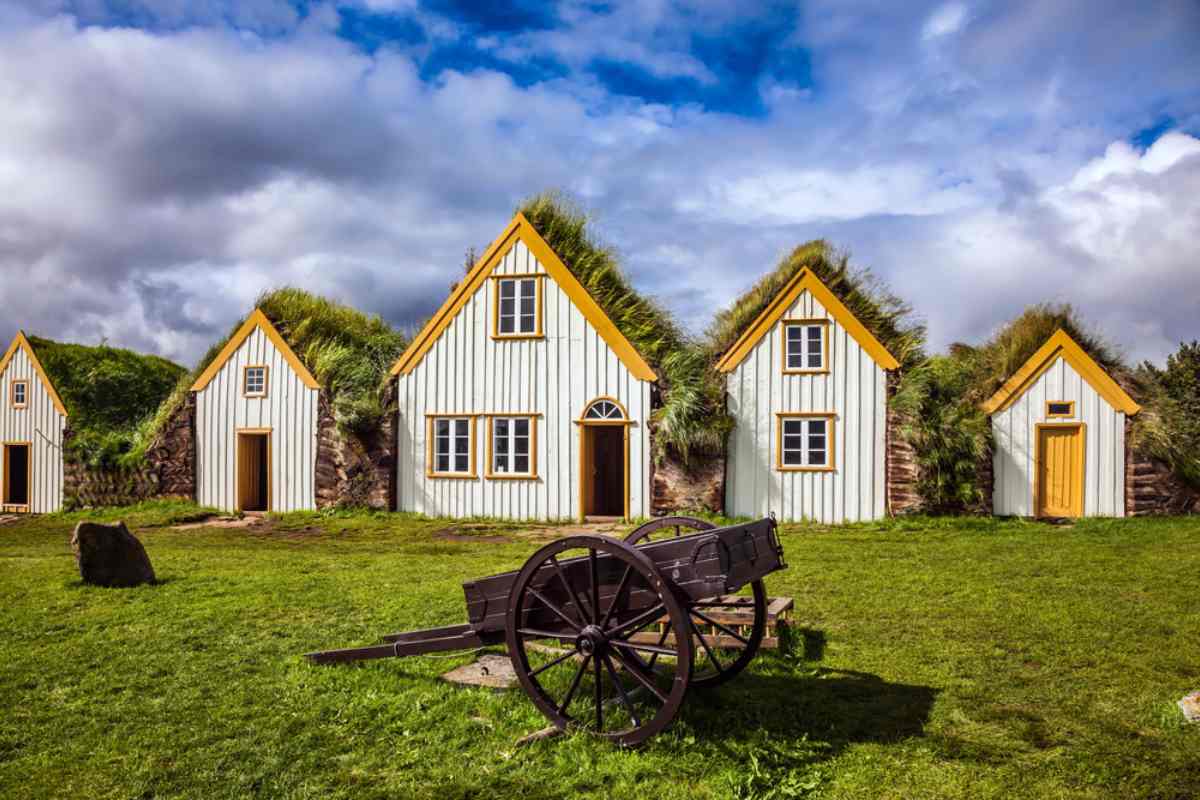
 By
By 
